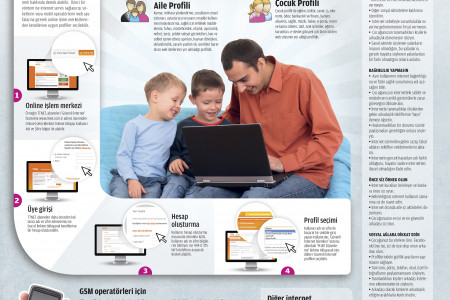
Autism Spectrum Disorder: The Journey After the Diagnosis
AUTISM SPECTRUM DISORDER: THE JOURNEY AFTER THE DIAGNOSIS According to the U.S. Centers for Disease Control and Prevention, an estimated I in every 50 children in the United States has Autism Spectrum Disorder (ASD), making the diagnosis higher in children than juvenile diabetes, AIDS and cancer, combined. In the past several years, the identification of children with autism has grown dramatically. There are now more resources and services than ever available to help the individual diagnosed with autism, as well as their families. AFTER THE DIAGNOSIS: THE ROAD AHEAD Have your child evaluated to determine needed services. Locate services to support social and recreational growth. Find a family support group. Research best interventions. Contact an advocate at any time that you feel your child is not receiving the appropriate services. Contact local schools and programs. TRANSITION PERIODS There are three transition phases that almost every family will face, regardless of the child's needs or level of functioning: The transition from early intervention to pre-school The transition from pre-school to grade school The transition from grade school to adult hood RESOURCES After your child is diagnosed with ASD, you may feel unprepared or unable to provide your child with necessary care and education – there are resources that can help! Education Using specialized programs in the classroom can greatly reduce ASD symptoms and increase your child's ability to grow and learn new skills. Talk with your child's school system or autism support groups to find an autism expert in your area who can help you develop an intervention plan. The public schools' responsibility for providing services ends when a child reaches the age of 22. Long before your child finishes school, you should search for the best programs and facilities for young adults with ASD. O Social Programs Students with ASD may benefit from some type of social skills training program. These programs generally seek to increase and improve the skills necessary for creating positive social interactions and avoiding negative responses. A Parent Training The American Academy of Pediatrics recently noted that having special training for family members is an effective part of an intervention program. Birch FAMILY SERVICES SOURCES I. Birch Family Services, http://www.birchfamilyservices.org. II. Autism Society, http://www.autism-society.org/. III. Autism Speaks, http://www.autismspeaks.org/. IV. Centers for Disease Control and Prevention, http://www.cdc.gov/ncbddd/autism/index.html. V. National Health Statistics Reports, "Changes in Prevalence of Parent-reported Autism Spectrum Disorder in School-aged U.S. Children: 2007 to 2011-2012," March 2013.
Autism Spectrum Disorder: The Journey After the Diagnosis
Source
Unknown. Add a sourceCategory
EducationGet a Quote










